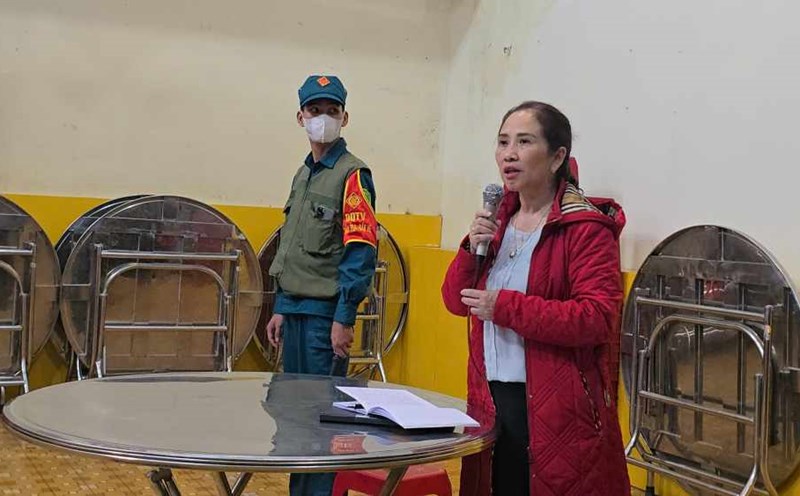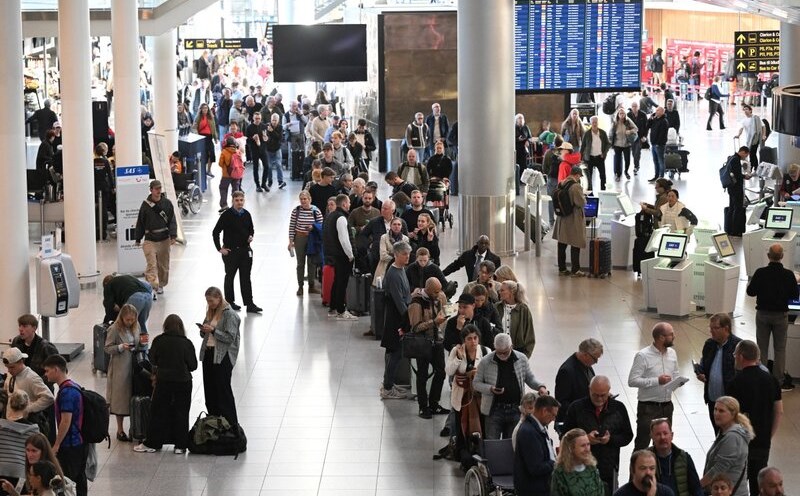Readers are wondering when businesses switch to the tax declaration method and encounter problems due to input VAT when importing raw materials for production. The business household is a women's fashion shoe factory, after converting from contract tax to declaration, it has to pay 8% VAT on input invoices from suppliers. This causes businesses to simultaneously bear both input and output VAT.
Ms. Nguyen Thi Cuc - President of the Vietnam Tax Consulting Association, Former Deputy Director General of the General Department of Taxation, Arbitrator of the VIAC International Arbitration Center said: "Currently, input materials subject to VAT under the deduction method with a tax rate of 10% have been adjusted according to Resolution No. 204/2025/QH15 to 8%".
Ms. Cuc gave a specific example, if a business household buys 1m of fabric for 500,000 VND, it will have to pay an additional 40,000 VND in VAT (8%), a total of 540,000 VND. When declared, this input VAT will not be directly deducted from the tax obligations of business households but will be a testament to the legal origin of the goods.
However, when converting to a business, the manufacturing facility will be deducted input VAT. Enterprises only have to pay the difference between output and input VAT. The entire cost of purchasing machinery, raw materials, hiring workers, advertising, etc. will also be included in the reasonable cost when determining taxable income.
Ms. Cuc also pointed out 2 cases, if business households make a profit, businesses must pay corporate income tax (CIT) at a rate of 20% for businesses with large revenues, and from 15% - 17% for businesses with small and medium revenues.
In contrast, in case of loss selling, the enterprise does not have to pay corporate income tax for a maximum period of 5 years. "This is a factor that encourages business households to boldly convert to the business model" - Ms. Cuc said.










